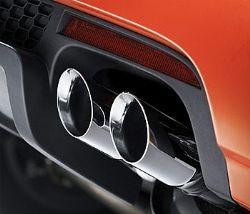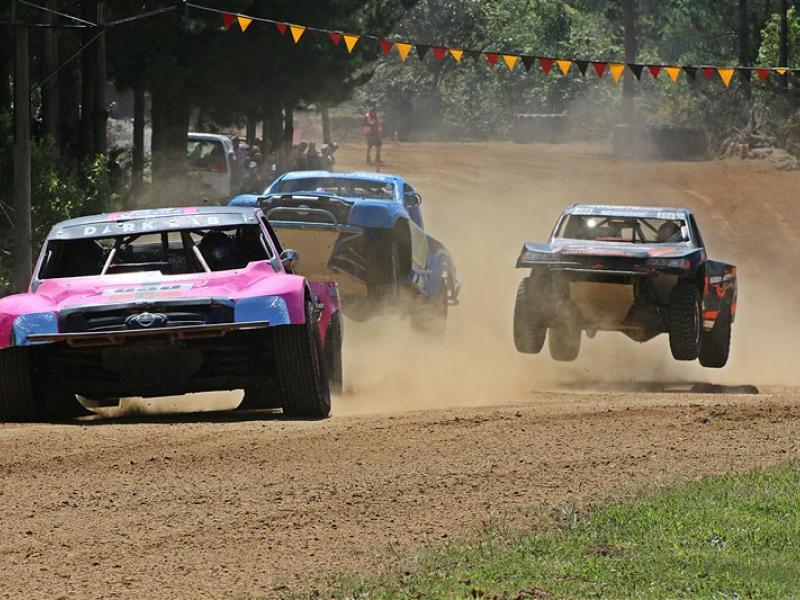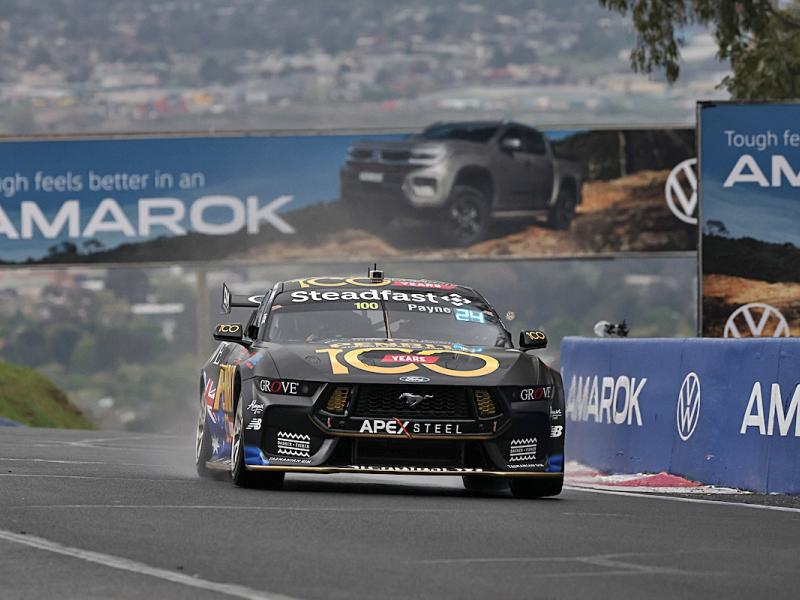Beware of that noisy exhaust fitted to your car, Ute or light truck, because it could fail a subjective test during a Warrant of Fitness check. Since June 1st 2008 the noise limit for all new cars and light trucks has been reduced from 95 to 90 decibels, which equates to the same level as thunder or a very noisy lawn mower. For some people this will be sweet music to their ears while others may find themselves having to comply with the new Rule at some expense. If a vehicle fails this test, the owner will either have to repair the vehicle or pass the objective noise test to comply. There is no change in decibel limit for older light vehicles first registered in New Zealand or overseas before 1985. The Ministry of Transport and Land Transport NZ have undertaken vehicle noise testing of over 250 vehicles and have sourced information on noise testing from overseas jurisdictions. This research has revealed that the vast majority of standard light vehicles fitted with manufacturer’s exhaust systems, or exhausts similar to the original exhaust, would be under the current 95dBA limit with most less than 90dBA. If the WOF issuer believes that the exhaust is (and this is the official wording) “less, or similar” to original equipment, he passes it. If he thinks it might be noisier the vehicle is then referred for an independent ‘Objective Noise Test’ using a decibel meter, carried out by a low volume vehicle certifier – at the vehicle owner’s cost. One example is that most late model V8 Falcons and Commodores fitted with aftermarket big-bore exhausts fall in the 95dBA to 100dBA range. As they are post 1985 manufacture, they must comply with the 90dBA rule. An aftermarket exhaust fitted to a brand new vehicle in most cases will void the manufacturer’s new car warranty - something to consider when fitting one. The Low Volume Vehicle Technical Association (LVVTA) carried out tests on 17 standard late model vehicles that were representative of New Zealand’s fleet and only seven passed the 90dBA test. This is partly attributed to normal wear and tear through normal use. The police can order a motorist to have his or her car’s exhaust noise tested, at the owner’s cost, if the officer believes that it is “noisier than original manufacture”. This is one of the main tools used by police in the ‘boy racer’ crackdown. Why does the limit for cars, 4x4s and light goods vehicles already in the fleet remain at 95dBA? The Rule targets the gross emitters – those exceeding 95dBA. The current 95dBA limit for vehicles already in the fleet is retained to minimise the impact on these vehicles – the vast majority of which are already compliant. The Rule brings a reduction in overall fleet noise over time by reducing the limit to 90dBA for post-1985 vehicles entering the fleet. So how does this new rule affect modified vehicles? Not all vehicles fitted with modified exhausts will be affected by the change in decibel limits. This is because a modified exhaust system can operate with a similar noise output level as the vehicle’s original exhaust system, and comply with the decibel limits. Under the amended Vehicle Equipment Rule, vehicles fitted with modified exhausts are required to undergo an objective noise test or have the exhaust repaired or replaced to make the vehicle compliant if they produce a noise output which is not “less than or similar to” the original manufacturer’s exhaust system or is not “clearly below the maximum decibel level”. It is estimated that up to 1.3 percent of the current fleet (maximum 50,000 vehicles) may fall into this category. The vast majority of the vehicles tested that were fitted with modified exhaust systems emitted noise well in excess of the current decibel limit of 95dBA. These are the ‘gross emitters’ targeted by the Rule amendment. If a vehicle owner chooses to undertake the objective noise test and the vehicle is within the decibel limit, the exhaust system will be certified. Provided the exhaust system remains unaltered, the vehicle will not have to undergo an objective noise test as a result of future WoF/CoF inspections. Who will carry out the objective tail-pipe noise test and what do they do? Testing will be carried out by certifiers trained and approved by The Low Volume Vehicle Technical Association (LVVTA). The certifier will conduct a stationary exhaust noise measurement using a procedure based on the internationally recognized ISO 5130 test. If the vehicle passes the objective noise test, the tester will produce a comprehensive report for the owner and put a unique identification sticker on the exhaust to indicate that it has been tested and passed. The objective noise testing regime will apply to vehicles driven by car enthusiasts with modified exhausts fitted due to the nature of the vehicle (eg, hot rods), or to enhance performance output and sound effect (eg, after-market sports exhausts). Some of these vehicles may exceed the maximum decibel limit and would need to be made compliant. Where will vehicles be tested? Vehicles will be tested at the facilities of the approved LVVTA certifiers. A list of providers and their contact details can be found on the Low Volume Vehicle Technical Association (LVVTA) website: www.lvvta.org.nz. Information can also be obtained by contacting the Land Transport NZ Contact Centre on 0800 699 000. How will the Rule affect suppliers and installers of exhaust systems? Under the Vehicle Equipment Rule it is the responsibility of a person who repairs or modifies a vehicle to ensure that the modification does not prevent the vehicle from complying with the rule. A person who repairs or modifies an exhaust should also ensure that the exhaust system is fit for purpose, or they may be in breach of the Consumer Guarantees Act. This should not apply if the noise output of the new exhaust is similar or less than the standard exhaust system. If the noise output is not similar and is higher, then the person who repairs or modifies the exhaust must ensure that the noise level is within the set limits.
Noises Off
Noises Off
Motorsport
Thursday, 14 August 2008






